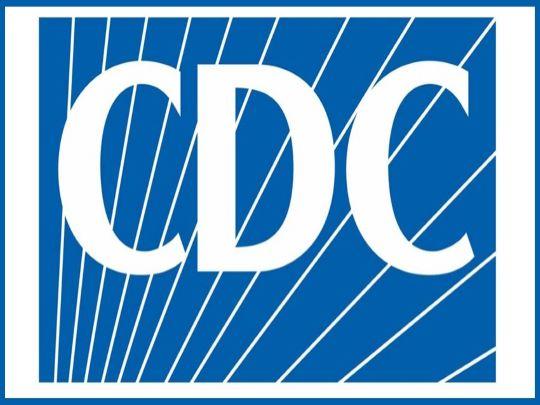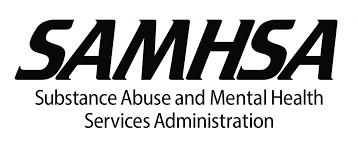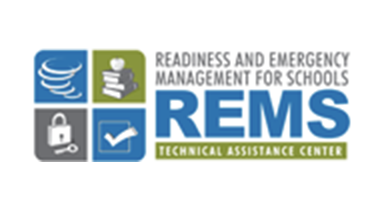Returning to School After a Disaster: Tips to Help Your Students Cope
Public health emergencies and disasters affect millions of children worldwide each year. These emergencies and disasters include natural events (such as severe weather, earthquakes, fires, floods, and tsunamis) and man-made events (such as acts of terrorism). An emergency or disaster can be destructive to a child’s physical environment, as well as affect their mental health.
Read MoreSafe School Plan and Continuity of Operations Guidance for Schools
This Safe School Plan and Continuity of Operations Annex template is designed to assist schools in the development of a Safe School Plan and the identification of essential services necessary to continue during the closure of schools. Download the document.
Read MoreSAMHSA’s Disaster Distress Helpline
The Disaster Distress Helpline puts people in need of counseling on the path to recovery. Our staff members provide counseling and support before, during, and after disasters and refer people to local disaster-related resources for follow-up care and support.
Read MoreSample Shelter-in-Place Annex
The Shelter-in-Place Annex may be activated when students, staff, and visitors need to stay indoors where it is safer. Shelter-in-place is used during a variety of emergency events, including possible exposure to severe weather or hazardous airborne materials, when it is determined that conditions on the outside of the building, or in designated parts of…
Read MoreSchool Emergency Management Tool Box
The REMS TA Center hosts a virtual library of tools developed by school and higher ed emergency managers in the field. The Tool Box contains resources pertinent to the needs of schools, school districts, state education agencies, regional education agencies, and institutions of higher education and their community partners, as they engage in the process…
Read MoreSchool Safety Plan Checklist
The School Safety Plan is a document that will be used to create a culture of emergency preparedness and disaster response when emergencies occur at a school.
Read MoreSchool Safety Plan Guide
During an emergency, schools face unusual demands while having to maintain day-to-dayoperations. They must adapt to unexpected and unpredictable circumstances.
Read MoreSROs, School Law Enforcement Units, and FERPA
School officials routinely seek to balance the interests of safety and privacy for students. While the Family Educational Rights and Privacy Act (FERPA) generally requires written parent or “eligible student”1 consent before an educational agency (district) or institution (school) discloses student education records and the personally identifiable information (PII) contained therein, FERPA gives schools and…
Read MoreStop the Bleed Georgia
In 2017, Georgia launched the nationwide “Stop the Bleed” campaign, that puts knowledge gained by first responders and our military into the hands of the public to help save lives by stopping uncontrolled bleeding in emergency situations.
Read MoreThe First Five Things An SRO Should Do
As a School Resource Officer (SRO), success is not measured by arrests, control, or discipline, but by your ability to gain the trust of students and to help them grow. It is a big change, and an even bigger responsibility. But by taking a few simple steps, you can easily adjust to your new beat…
Read MoreThe Next Five Things an SRO Should Do (School Resource Officer Video Series)
In an earlier video in our SRO series, you learned the first five things an SRO should do. This last video of the series shares the next five things you should do, including understanding school rules and the law, joining the threat assessment team, understanding safety plans, and being confident in your role.
Read MoreThe Teen Brain
Unlike traditional law enforcement officials, School Resource Officers (SROs) work almost exclusively with young people, so it is crucial they understand how students think and make decisions. But that is no easy task. Teenagers have been baffling and frustrating adults for generations, leaving many to wonder what exactly is going on inside of their brain.
Read More







